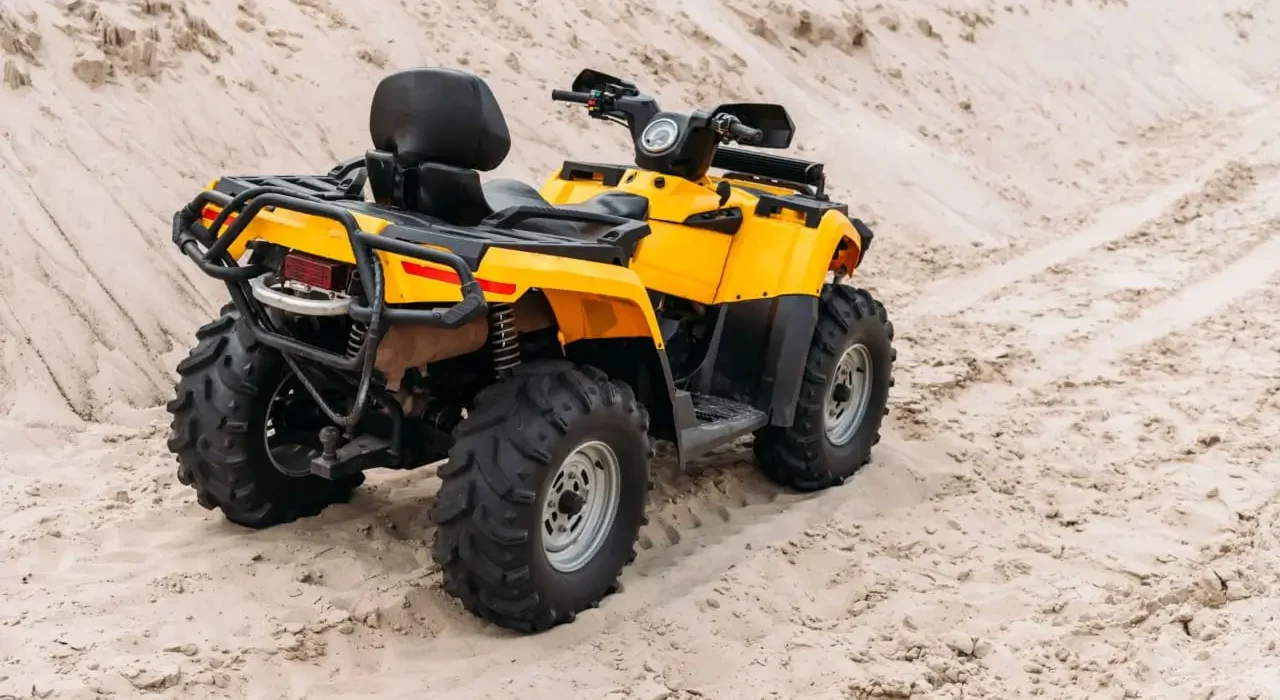Utility task vehicles (UTVs) are game-changers for off-road adventure and hauling things on rough terrain. Many outdoor enthusiasts love these vehicles because they get the job done on any job site and can serve as recreational vehicles when they need to enjoy fun. However, many new UTV owners do not know how to keep the vehicle in good shape. Others apply the same maintenance practices they do on regular vehicles. UTVs are unique and require the owners to pay special attention to systems to ensure safety and comfort, especially when driving off-road. Although utility task vehicles do not need sophisticated maintenance procedures, new owners and potential buyers must learn the essential maintenance tips. This article will highlight a few tips to keep the utility vehicle in good condition.
Know the Utility Vehicle
Some side-by-side (SxS) vehicle owners are not familiar with the features and systems of their vehicles. New owners should research their utility vehicle model to understand every crucial feature or function. They can find detailed articles online discussing features and parts and how they function. This will help them know critical parts such as the engine, transmission, suspension, and maintenance. Although they don’t necessarily need to train as mechanics, they should know how each part relates to the other and when it is malfunctioning. Besides, new utility vehicle owners should read the user manuals to learn how to operate and maintain it safely.
Outdoor enthusiasts love modifying their vehicles to make them ideal for the intended work or adventure. Therefore, they need to buy and install quality accessories to improve the comfort and safety of the utility vehicle. This is where many new SxS owners usually go wrong. Some buy low-quality or incompatible accessories, while others get them from the wrong sources. However, knowing the vehicle involves researching these accessories and where to find them. Therefore, the owner of a Polaris RZR should identify the accessories and parts they might need and order them from reputable merchants. This minimizes the risk of installing inappropriate parts that could increase the risk of an accident.
Inspect the Tires
This is certainly one of the easiest maintenance practices associated with owning a utility vehicle. Even if the vehicle has a reliable engine with the power and resilience needed for outdoor adventure, it might not meet the expectations if the tires are worn out. A utility vehicle in store should be fully inflated before hitting the road. Tires usually lose air pressure over time because the nozzles and edges may release some air gradually. If it has a flat tire, the side walls may be damaged. Therefore, owners should inspect the tires to determine if they are safe. When inflating the tires, it is important to consult the experts or manufacturer manual to avoid overinflating. If the owner notices that the tires have uneven wear, they should take the UTV to a mechanic for wheel rotation or tire replacement.
Check the Coolant Levels
Many regular car owners usually check the coolant levels, but some utility vehicle owners rarely do. Although checking the coolant may not be necessary before every ride, it is not advisable to go for a long time without checking. The user manual usually shows how to check the coolant reservoir and ensure that it is enough to cool the engine. If it is below the recommended level, one should top it up before using the vehicle to avoid overheating problems. Also, experts recommend checking the fittings, radiator caps, and water jackets for signs of cracks or damage. These regular checks help catch any significant cooling system problems and fix them to extend the engine life.
Inspect the Battery
UTV owners who leave their vehicles in storage for a long time, especially in winter, should check if the battery is dead. Modern car batteries are easy to maintain, and users can quickly tell if they need a replacement. To minimize battery damage, vehicle owners should keep the battery charged and start up the UTV every few days to keep the battery in good shape. This is because the utility vehicle cannot fire up if the battery is dead. Before concluding that a battery needs replacement, check the terminals for corrosion and remove any coating that could prevent effective contact. If it is too late, the battery needs a replacement to ensure the vehicle does not fail to start when the user is far away in remote locations.
Inspect the Brakes
Nobody wants to risk their life by driving a utility vehicle with faulty brakes or worn-out brake pads. The braking system is a critical safety feature that protects the driver, passengers, and others. Therefore, the vehicle owner should pay attention to any braking issues. They should assess the pad thickness, top up brake fluid, and check the fluid cap for cracks or debris. Anything unusual with the braking system calls for urgent repairs. If driving the UTV to the repair center is unsafe, the owner should call mobile mechanics to fix it at home to avoid harming other road users. Unlike the other parts, brake repair is best left to professionals with the tools and skills to fix the system.
Change the Oil
The oil helps to cool and lubricate the UTV engine. Therefore, the vehicle owner should check the oil level and top it off when needed. The user manual contains information about the recommended oil and how regularly it should be changed. However, changing oil might be easier said than done for some UTVs, so the owners should take the vehicle to a repair center for service. It is common for some users to neglect oil changes if they don’t use the utility vehicle regularly. However, running the engine with old, dirty oil damages the engine. The strain on the engine could cause mechanical issues or reduce vehicle performance. Remember to avoid overfilling the oil because it increases the pressure in the engine.
These are the primary maintenance tips every new UTV owner should understand. Observing these practices will help keep the vehicle in good shape and extend its life. Additionally, effective maintenance reduces repair costs and improves safety.





